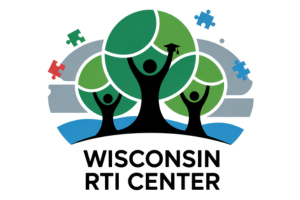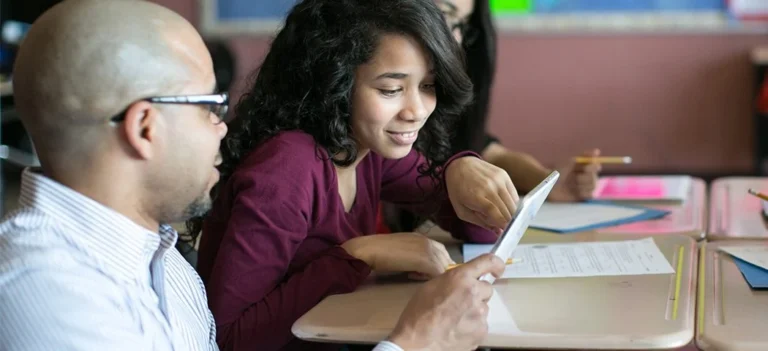Educational environments today face increasing demands to support all students equitably. Addressing academic, behavioral, and social-emotional needs requires more than general teaching practices.
Two models, Response to Intervention (RTI) and Multi-Tiered System of Supports (MTSS), have become central to these efforts.
Distinguishing between them allows educators, families, and policymakers to apply strategies more effectively within school systems.
Why the Distinction Matters
| Feature | RTI | MTSS |
|---|---|---|
| Scope | Academics only | Academics, behavior, and social-emotional development |
| Audience | Student-focused | Whole school community |
| Framework Nature | Intervention-based | Comprehensive support model |
| Incorporates RTI | No | Yes |
| Professional Development | Minimal | Highly emphasized |
| Focus | Remediation | Prevention and holistic student growth |
Knowing the difference between RTI and MTSS clarifies roles and expectations. Teachers understand which interventions align with academic progress and which fall under behavioral or emotional support.
Administrators allocate resources more effectively, and training initiatives align with actual system needs.
Schools avoid mislabeling a behavioral issue as an academic one, or vice versa. Framework clarity supports accurate data interpretation, efficient resource use, and student-centered outcomes.
Parents become stronger advocates. Recognizing MTSS’s broad impact helps them ask the right questions and ensure their children access appropriate interventions.
Policymakers gain insight for funding decisions and legislation, allowing systems to evolve in step with real-world educational demands.
Core Similarities
RTI and MTSS share foundational characteristics that make them closely aligned in their approach to student support.
A primary connection lies in the three-tiered structure they both use to deliver interventions of increasing intensity based on student need.
The progression ensures that all students receive help at the appropriate level:
- Tier 1: Universal supports designed for the entire student population, emphasizing high-quality, evidence-based instruction.
- Tier 2: Targeted interventions for students who exhibit signs of risk and need more focused assistance.
- Tier 3: Intensive, individualized interventions for students requiring the most support.
Another shared feature is data-driven decision making. Both frameworks rely on continuous assessments to track progress and inform instructional changes. Teachers monitor performance regularly and adjust supports based on student responses.
The process allows for:
- Timely identification of academic or behavioral issues.
- Informed choices about instructional strategies.
- Regular progress monitoring to evaluate effectiveness.
Early identification of student needs is prioritized in both systems. Instead of waiting for failure to occur, schools apply proactive screening measures to catch signs of difficulty early.
High-quality instruction is a non-negotiable principle across all tiers. Effective teaching serves as the bedrock of both RTI and MTSS, ensuring that supports at higher tiers build upon solid instructional practices.
Without strong teaching at the universal level, interventions become less impactful.
Shared instructional values include:
- Use of research-based strategies.
- Clear learning goals and expectations.
- Differentiation to address a variety of learning styles and needs.
Practical Implementation in Schools
Effective implementation determines how well support frameworks function within educational environments.
Both RTI and MTSS serve students in need, but the methods differ in scale, focus, and institutional involvement.
While RTI centers on addressing academic gaps once they surface, MTSS fosters a proactive and collective approach to support all aspects of student development.
RTI in Practice
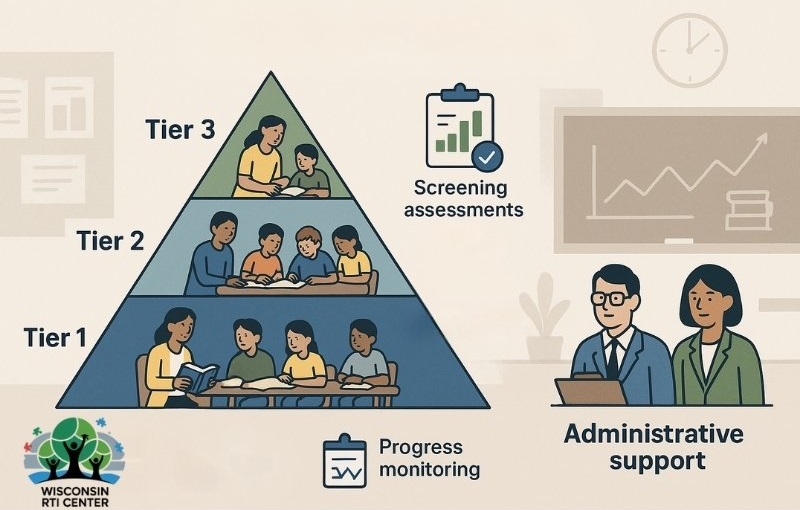
Schools applying RTI use regular academic screenings to detect skill gaps among students. Screening assessments help identify learners struggling in core subjects, allowing for a timely response.
Intervention begins after a student shows signs of academic lag. Instruction is usually delivered in structured tiers:
- Tier 1: General education for all students with high-quality instruction.
- Tier 2: Targeted small-group instruction for those who are not making adequate progress.
- Tier 3: Intensive, individualized interventions.
Instruction focuses on remediation. Reading and math are often the primary targets, and interventions include:
- Evidence-based teaching strategies.
- Small-group or one-on-one sessions.
- Frequent progress monitoring to adjust methods as needed.
Administrative teams play a supporting role, typically responsible for:
- Overseeing implementation fidelity.
- Managing assessment schedules.
- Reviewing student data.
Wider collaboration across departments or integration of behavioral and emotional supports is limited in most RTI-only implementations.
MTSS in Practice
Applying MTSS requires a comprehensive cultural shift in schools. Efforts are rooted in prevention, consistency, and collective responsibility.
Educators, counselors, and support staff contribute to an aligned system that values all dimensions of student success.
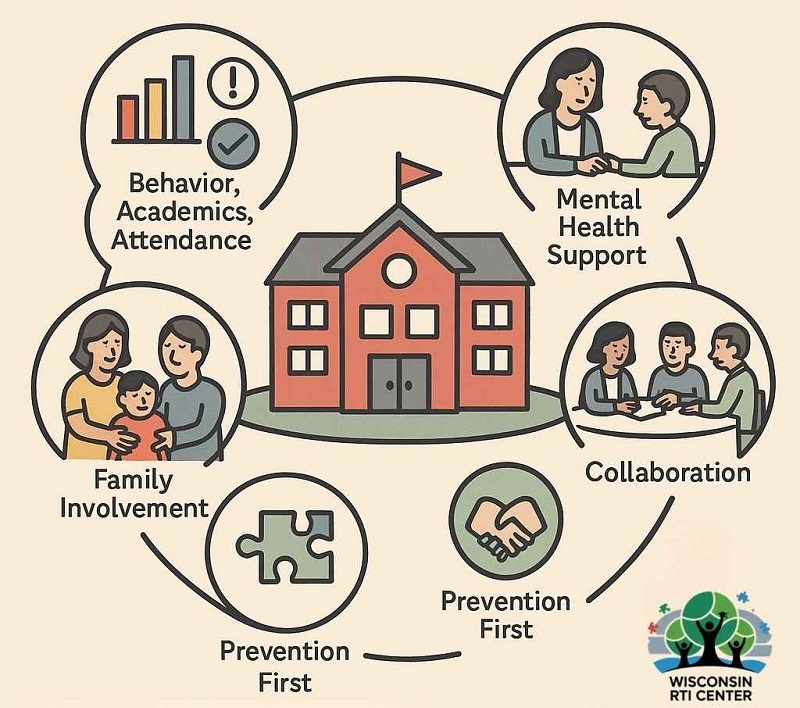
Unlike RTI, MTSS draws on a broader range of data sources:
- Behavioral data: Discipline records, incident logs.
- Attendance patterns: Chronic absenteeism triggers support.
- Academic performance: Continuous assessment benchmarks.
Support does not stop at instruction. Schools also invest in:
- Mental health programs.
- Parent engagement strategies.
- Staff development workshops.
Collaboration is embedded into routine operations:
- Weekly intervention team meetings.
- Shared goals across general and special education.
- Joint planning among teachers, administrators, and service providers.
MTSS also promotes a preventive culture:
- Interventions are deployed before problems escalate.
- Teachers receive ongoing coaching and training.
- Whole-child needs are prioritized alongside academic achievement.
Benefits and Limitations
Choosing between RTI and MTSS, or combining them effectively, requires a clear view of their practical strengths and weaknesses. Both models offer tools that support student achievement, yet each comes with trade-offs that affect daily implementation and long-term success.
Recognizing specific benefits and limitations helps schools select or integrate frameworks that align with their capacity, goals, and student needs.
RTI
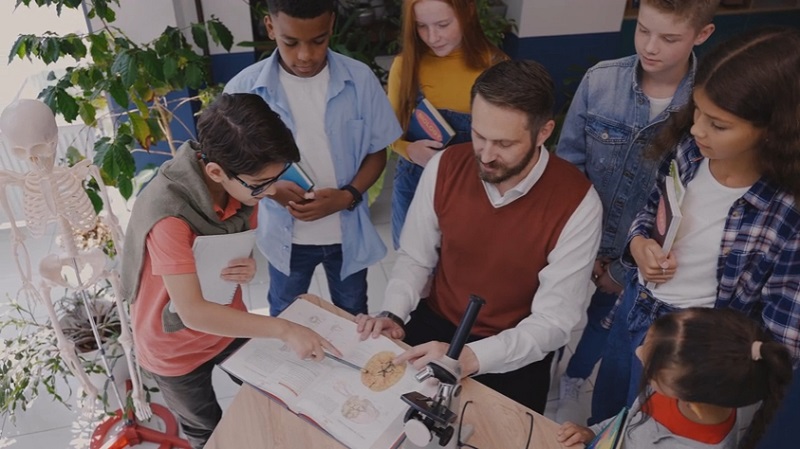
RTI provides structure and predictability. Educators working within this model benefit from a framework that outlines academic goals, intervention timing, and evidence-based responses.
Students struggling with core subjects such as reading and math receive targeted help based on performance metrics.
Key benefits of RTI include:
- Teachers can refer to measurable standards to guide lesson planning and progress checks.
- The tiered model consistently organizes support across classrooms and grade levels.
- Evidence-based practices enhance the reliability of interventions.
- Progress monitoring is routine and systematic, enabling timely adjustments.
However, RTI has limitations that can affect its reach and impact. Since its primary focus remains on academics, other aspects of student life may be overlooked.
MTSS

MTSS addresses broader student needs by blending academic, behavioral, and emotional support within one system.
Schools using MTSS take a proactive stance, using varied data sources to guide decisions while emphasizing collaborative planning and ongoing staff development.
Key benefits of MTSS include:
- Academic success, behavior, emotional health, and social development receive equal attention.
- Early warning systems flag issues before they escalate, allowing interventions to begin sooner.
- Everyone, from administrators to paraprofessionals, engages in promoting consistent student success.
- Teams meet regularly to review data, refine strategies, and ensure alignment across support levels.
- Teachers and staff receive regular training that enhances consistency and confidence in applying the model.
Despite these strengths, MTSS is not without challenges.
How RTI and MTSS Work Together
In modern educational systems, frameworks are no longer expected to function in isolation. Schools are discovering the advantages of blending Response to Intervention (RTI) with Multi-Tiered System of Supports (MTSS) to create a unified, efficient structure.
Combining the strengths of both approaches supports not only academic growth but also behavioral and social-emotional development.
Educators, administrators, and school support staff gain clarity when implementation strategies are aligned and mutually reinforcing.
RTI fits inside MTSS as a structured tool specifically aimed at addressing academic concerns. Rather than functioning as a separate model, RTI becomes a focused mechanism within the broader MTSS framework. Schools adopting this integrated design report greater consistency in outcomes across all student groups.
Key ways RTI functions within MTSS include:
- RTI delivers focused support to students who are struggling with core academic skills like reading, math, or writing.
- Frequent assessments track academic improvement and inform instructional changes.
- Students receive interventions based on the severity of need, aligned with MTSS’s overall tiered structure.
While RTI sharpens focus on academic needs, MTSS broadens the scope by offering wraparound supports.
Emotional well-being, social behavior, attendance, and classroom engagement are integrated into a school-wide strategy. RTI processes become more meaningful when supported by this wider framework.
Summary
Both RTI and MTSS contribute to stronger, more responsive school systems.
RTI delivers academic structure; MTSS brings balance by addressing all aspects of student life. Working in tandem, these models promote proactive, holistic education that benefits students, families, and schools alike.
Commitment to integration and collaboration ensures meaningful, measurable impact across every tier of support.
